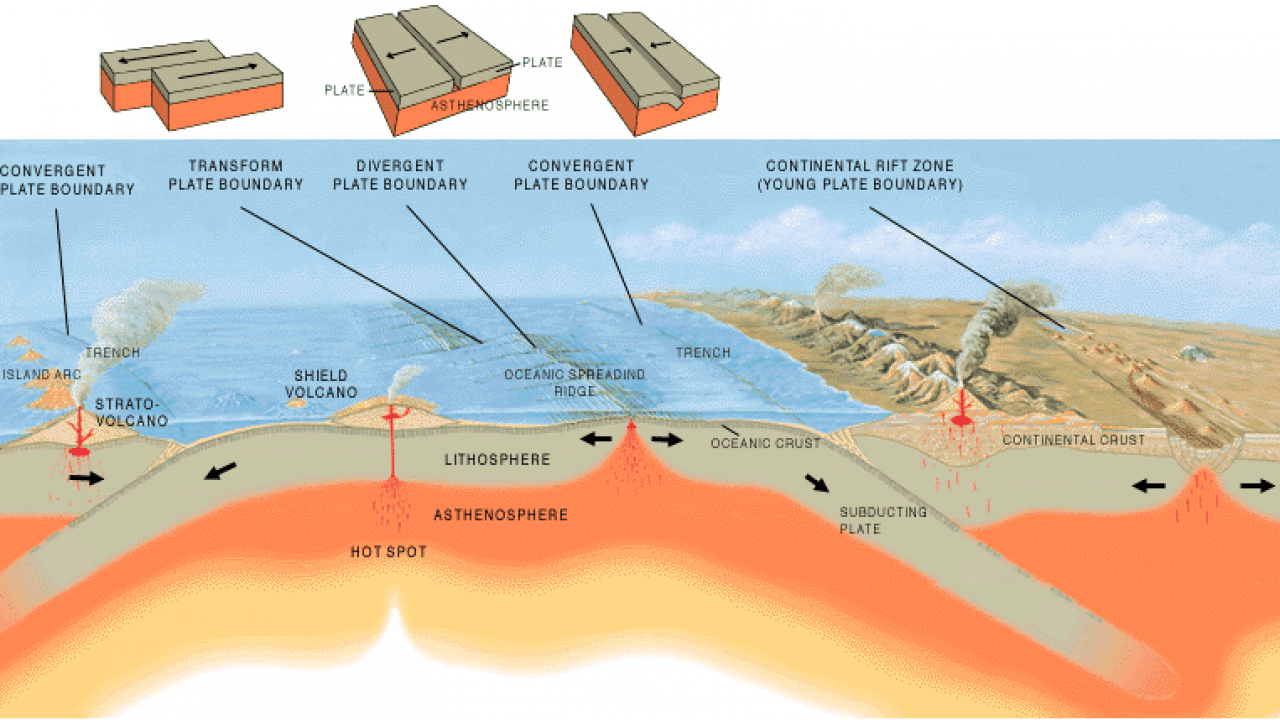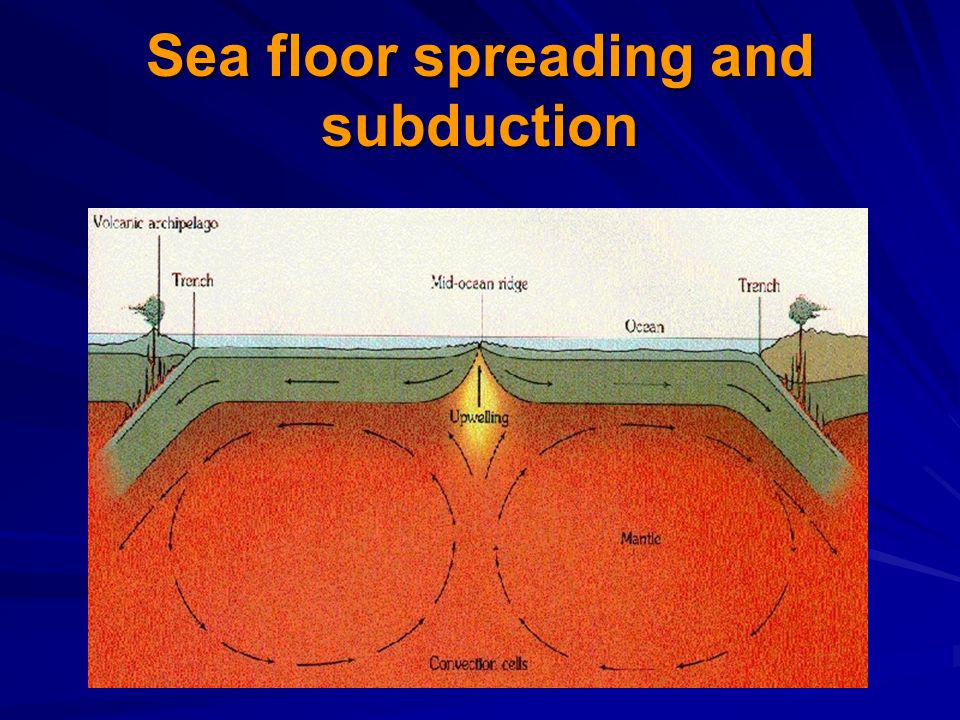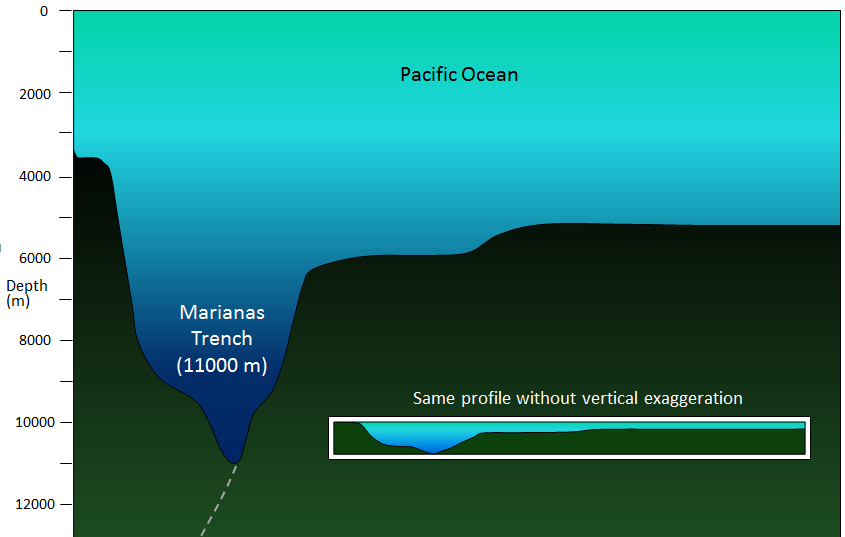Samples collected from the ocean floor show that the age of oceanic crust increases with distance from the spreading centre important evidence in favour of this process.
Subduction change the ocean floor.
How does subduction change the ocean floor.
Basalt the once molten rock that makes up most new oceanic crust is a fairly magnetic substance and scientists began using magnetometers to measure the magnetism of the ocean floor in the 1950s what they discovered was that the magnetism of the ocean floor around.
For that geologists date and study continental crust.
Because of these processes the ocean floor is renewed about every 200 million years.
Because of this correlation between age and subduction potential very little ocean floor is older than 125 million years and almost none of it is older than 200 million years.
Regions where this process occurs are known as subduction zones rates of subduction are typically measured in centimeters per year with the average rate of convergence being.
Melting glaciers and ice caps b.
Asked by destiny on april 24 2015.
Subduction is a geological process that takes place at convergent boundaries of tectonic plates where one plate moves under another and is forced to sink due to high gravitational potential energy into the mantle.
The magnetism of mid ocean ridges helped scientists first identify the process of seafloor spreading in the early 20th century.
Plate tectonics plate tectonics seafloor spreading.
A subduction cause magma to accumulate on the ocean floor b subduction causes oceanic crust to break into pieces c subduction causes the ocean floor to sink into deep ocean trenches.
As plants meet their needs for making food from air soil water and the sun s energy in a process called there are plants called grow high in trees without here are words to put in the blanks.
Therefore seafloor dating isn t that useful for studying plate motions beyond the cretaceous.
Subduction of the ocean floor occurs in.
The processes of subduction and sea floor spreading can change the size and shape of the oceans.
The deepest parts of the ocean floor are caused by plate tectonic subduction and occur where the sea floor sinks back into the mantle in a subduction zone.
Spreading rates determine if the ridge is fast intermediate or slow.
These age data also allow the rate of seafloor spreading to be.
A diver descends from a salvage ship to the ocean floor at a depth of 35 m below the surface.
Ocean warming evidence b c f a.
Spreading rate is the rate at which an ocean basin widens due to seafloor spreading.
A calculate the guage pressure on the diver on the ocean floor.
As upwelling of magma continues the plates continue to diverge a process known as seafloor spreading.
Asked by anon on february 25 2020.
3 get other questions on the subject.
Biology 21 06 2019 16 30 thebrain1345.




























